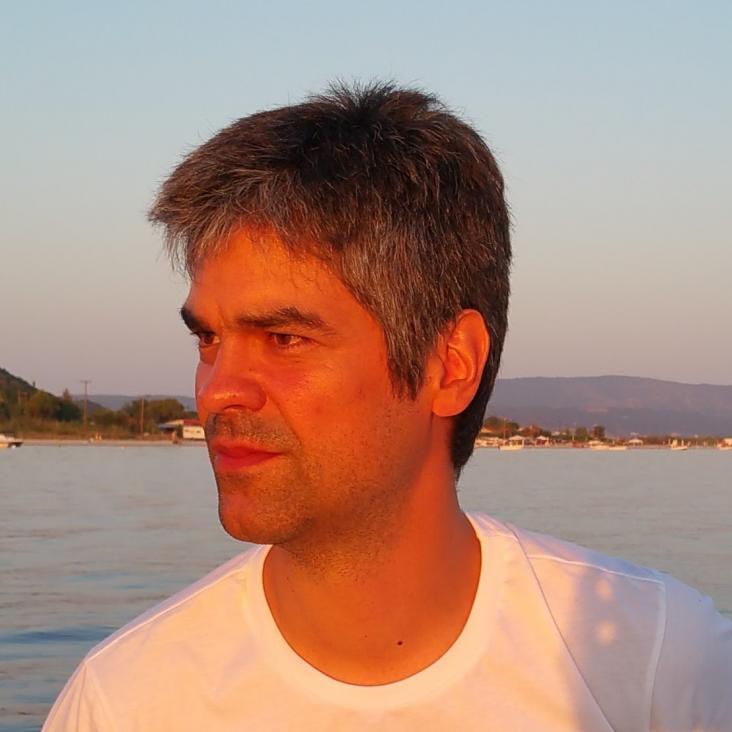Pulsar polarization: a broad-band population view with the Parkes Ultra-Wideband receiver
(2023)
Pulsar polarization: a broad-band population view with the Parkes Ultra-Wideband receiver
Monthly Notices of the Royal Astronomical Society Oxford University Press 520:4 (2023) 4961-4980
Abstract:
The radio polarization properties of the pulsar population are only superficially captured by the conventional picture of pulsar radio emission. We study the broadband polarization of 271 young radio pulsars, focusing particularly on circular polarization, using high quality observations made with the Ultra-Wideband Low receiver on Murriyang, the Parkes radio telescope. We seek to encapsulate polarization behaviour on a population scale by defining broad categories for frequency- and phase-dependent polarization evolution, studying the co-occurrences of these categorizations and comparing them with average polarization measurements and spin-down energy (E˙). This work shows that deviations of the linear polarization position angle (PA) from the rotating vector model (RVM) are linked to the presence of circular polarization features and to frequency evolution of the polarization. Polarization fraction, circular polarization contribution and profile complexity all evolve with E˙ across the population, with the profiles of high-E˙ pulsars being simple and highly linearly polarized. The relationship between polarization fraction and circular contribution is also seen to evolve such that highly polarized profiles show less variation in circular contribution with frequency than less strongly polarized profiles. This evolution is seen both across the population and across frequency for individual sources. Understanding pulsar radio polarization requires detailed study of individual sources and collective understanding of population-level trends. For the former, we provide visualizations of their phase- and frequency-resolved polarization parameters. For the latter, we have highlighted the importance of including the impact of circular polarization and of E˙.PSR~J1910$-$5959A: A rare gravitational laboratory for testing white dwarf models
(2023)
The Thousand-Pulsar-Array programme on MeerKAT -- VIII. The subpulse modulation of 1198 pulsars
(2023)
The MeerKAT Pulsar Timing Array: first data release
Monthly Notices of the Royal Astronomical Society Oxford University Press (OUP) 519:3 (2023) 3976-3991

